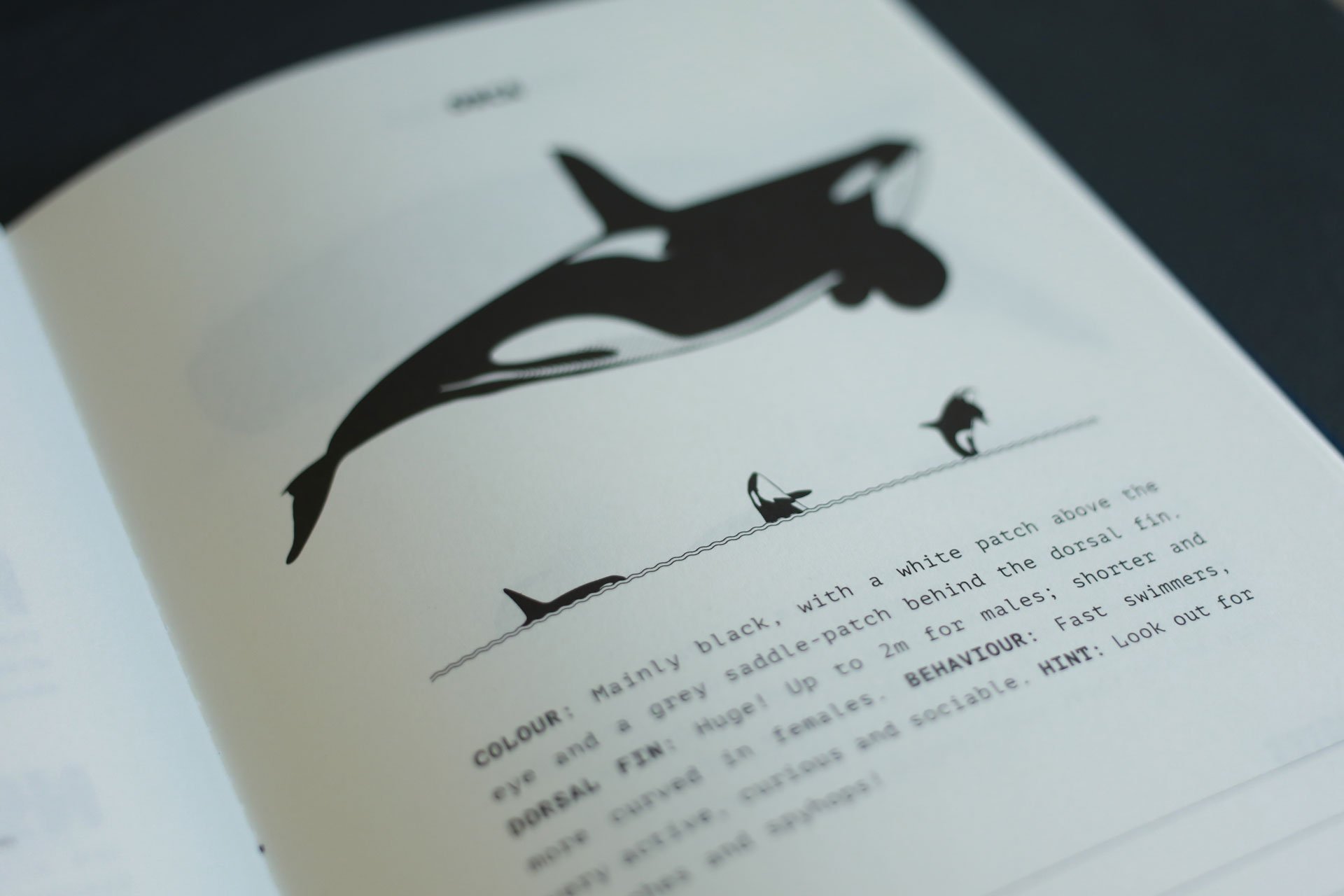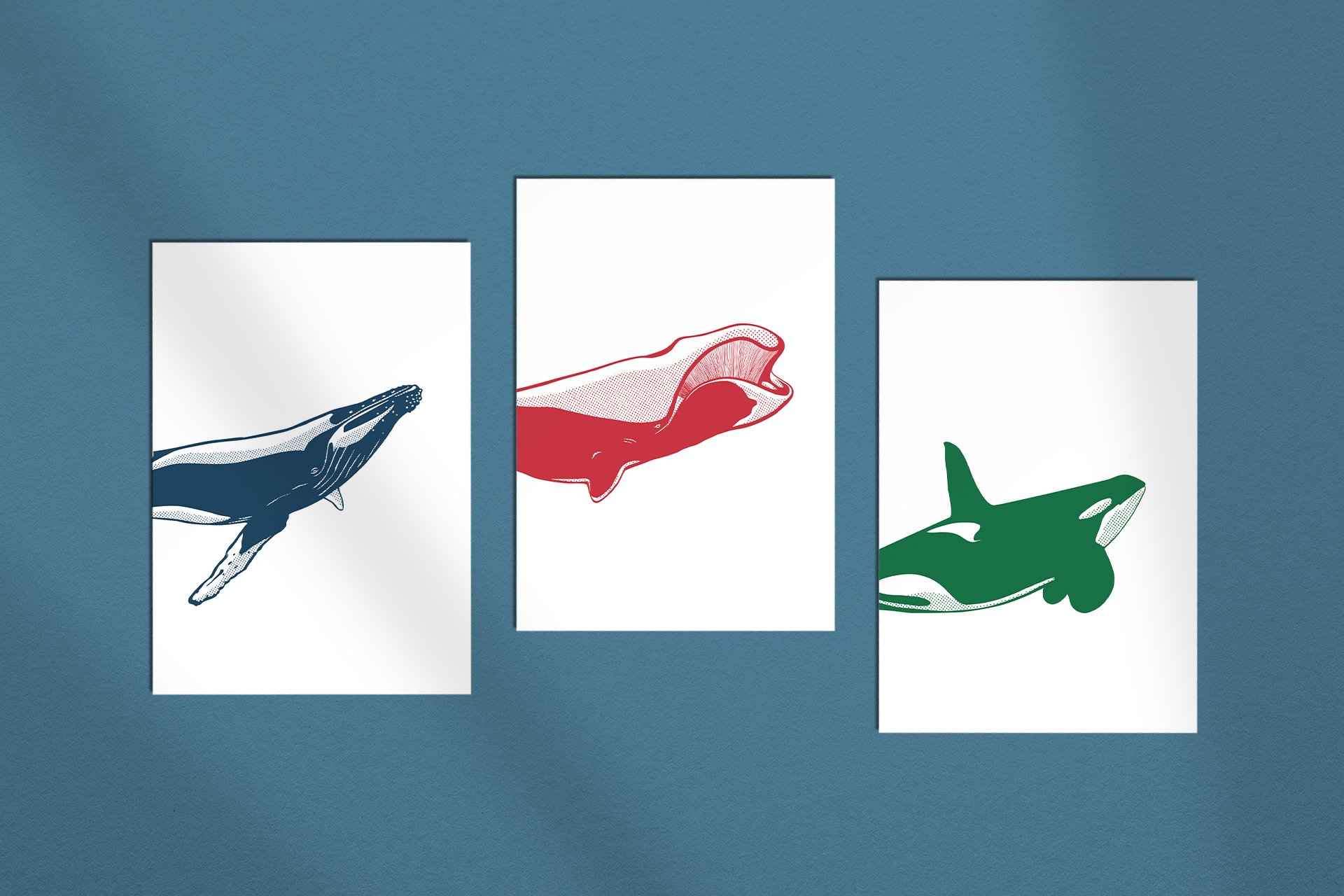Québec
The east coast is the centre of Canadian whale watching. It has also great national parks and scenic coastal routes.
Photo: Shutterstock
whales: Québec
On Canada's east coast, you have a good chance of seeing belugas and blue whales in summer. Along the 1,200-kilometre whale route, you can also combine whale watching with a road trip through Canada's spectacular national parks.
The east coast of Canada is characterised by the mighty Gulf of St. Lawrence, which stretches from Québec via New Brunswick and Newfoundland to Labrador. This fish-rich area is one of the best places for whale watching in summer: minke whales, humpback whales and fin whales regularly come very close to the coast, but there is also a very good chance of encountering blue whales here in summer. Belugas are here all year round.
On the 1,200 kilometre "whale route" from Tadoussac to Blanc-Sablon, you can go on excursions in numerous places (e.g. Saint-Simeon, Grandes-Bergeronnes, Portneuf-sur-Mer, Sept.-Iles), observations from land are also possible and there are numerous viewpoints along the way. Humpback whales are mainly seen in June and July, fin whales from July to October and minke whales from May to October.
The Saguenay Fjord near Tadoussac is home to a year-round population of belugas; nowhere in the world can you encounter them this far south. Blue whales are mainly seen between August and October, occasionally also from May to July. It takes around 13 days to complete the entire whale route as a road trip.
There are also many excellent whale-watching opportunities on the Gaspesie Peninsula on the east side of St Lawrence Bay: The chances of spotting blue whales are even better from Cap Gaspe – blue whales are often the first whales to be seen here as soon as the ice has disappeared – they can be observed from early spring right through to October.
A beluga in the Baie de Sainte Marguerite. Nowhere else in the world can you meet them as far south as here. Photo: Oliver Dirr / Whaletrips
During main season between June and October, they are sighted almost every day. Fin whales and minke whales can also be seen regularly from June to October, humpback whales mainly from mid-June to mid-July, and in recent years often again in September. However, there are no belugas here. The Gaspesie tour takes about 10 days as a road trip.
From a whale-watching perspective, Quebec is the clear centre of Canada, nowhere else can you find more whales and operators. But there are also many other great opportunities in the other provinces on the east coast – Nova Scotia, New Brunswick, Newfoundland and Labrador.
In Nova Scotia and New Brunswick, whale watching is particularly popular in Halifax, the Bay of Fundy and from Cape Breton. Fin and minke whales are the first to arrive in these waters in spring, followed by dolphins and humpback whales, which migrate here in June and stay until the end of August. In the Bay of Fundy, you also have the chance to spot northern right whales, of which there are only a few hundred left. The peak season starts a little later and ends a little earlier than in Quebec.
In Newfoundland and Labrador, whale watching is also possible from land, and many tours integrate whale watching into the other attractions – e.g. coastal, puffin, bird or iceberg safaris. In May, the main focus is on puffins and icebergs; from June onwards, humpback whales, minke whales and fin whales migrate to these waters, where they can usually be seen until September.
Photo: iStock
TO DO: Québec
The rugged Canadian east coast offers endless coastal roads, dreamy fishing villages and world-famous lighthouses. The national parks are home to eagles, moose, bears, wolves and caribou. And there are very few places where you can experience Indian Summer as well as here.
There are over 40,000 kilometres of coastal road around the Gulf of St. Lawrence in Québec, New Brunswick, Nova Scotia and Newfoundland – enough for a road trip lasting several months. The Cabot Trail in the north of the Cape Breton Peninsula is considered one of the most beautiful coastal roads in the world. It is also home to one of the most photographed lighthouses: Peggys Cove. There is also no shortage of idyllic little fishing villages here.
The national parks of the east are perhaps not quite as spectacular as the parks of the Rocky Mountains or the west coast – but the Gaspesie Peninsula and Gaspesie Regional Park can certainly hold their own with their huge cliffs and high plateaus. The small coastal town of Percé with its gigantic Percé Rock right on the doorstep is world-famous. The park is also home to Canada's southernmost herd of caribou, which with a bit of luck can be observed on Mont Albert and Mont Jacques Cartier.
“Due to its endless deciduous forests, the Canadian east coast is considered one of the most beautiful places in the world to experience Indian Summer.”
Speaking of wildlife: The national parks on the east coast are home to caribou, coyotes, wolves, lynx, black bears and white-tailed eagles – and the likelihood of encountering them on a hike is pretty high. The highest density of moose can be found in the Matane Wildlife Reserve on the Gaspesie Peninsula and in Cape Breton National Park in Nova Scotia. The shy animals are most likely to be seen in the early hours of the morning. Machias Seal Island is also home to one of the largest puffin colonies on the entire east coast, with around 1,000 pairs breeding here.
A little further north lies Newfoundland, a remote, rugged, inhospitable island – which is home to the most spectacular park on the entire east coast: Gros Morne National Park is a World Heritage Site and rivals the beauty of famous Canadian parks such as Banff, Jasper or Pacific Rim. Plus point: significantly fewer visitors due to its remoteness!
The ideal companion for your next trip: Check out our NOTES in five great colours – with plenty of space for all notes, observations and memories. Order now!
You can even marvel at icebergs on the coasts of Newfoundland, which make it all the way from Greenland's glaciers, a good 4,000 kilometres away. The east coast of the island is therefore also known as "Iceberg Alley". Apart from Greenland itself, icebergs are rarely seen so closely. Tours are mainly organised in summer from Twillingate and Saint Johns.
Due to its endless deciduous forests, the east coast is considered one of the most beautiful places in the world to experience Indian Summer in autumn. Between the end of September and the end of October, the forests of maple, birch and beech trees glow in all shades of green, yellow, orange and red.
In winter, thanks to the cold Labrador Current, the climate is almost arctic, even at just 50 degrees latitude. In harsh winters, thick pack ice forms in the Bay of St Lawrence, where thousands of seals gather to give birth to their snow-white pups in February and March.
Even more Places
〰️
Even more Places 〰️
Whaletrips Shop
The ideal Companion for your whale trip
All the whale facts you need while on the road – with plenty of space for own thoughts and observations!
Whaletrips Shop
Our Whales as Cards and Stickers
Colourful, finely illustrated, ready to stick on: Our whales are now available as stickers and greeting cards!
Whaletrips Shop
Beautiful whale Notebooks
Whether for travelling or at home: our high-quality whale notebooks come in five beautiful colours!
Whaletrips Shop
Our favourite photos for your home
Brightens any wall: a selection of our favourite motifs is available as elegant fine art print for your home.








